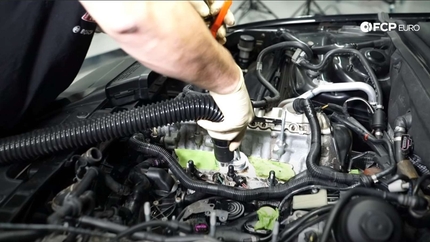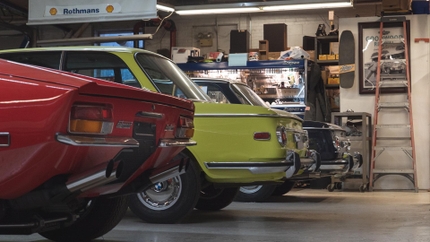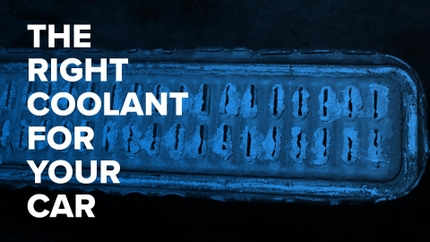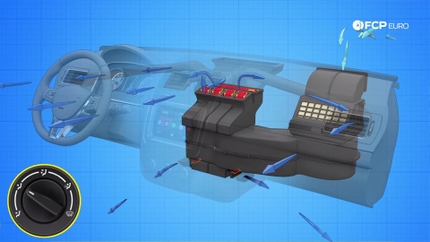- 10/04/2023
- 3 Min Read
- By: Danny Kruger
Inspecting Your Mercedes M272 & M273 PCV Breathers - Prevent An Expensive Repair
The Mercedes M272 and M273 engines are some of the best to own second-hand. Each variant has a few unique foibles, but intake manifold failures are some of the most consistent across all of them. Their variable-length, vacuum-actuated intake manifolds are relatively uncommon among manufacturers and provide excellent driveability, fuel economy, and acceleration benefits. Unfortunately, they break regularly, though it’s not always their fault. While flaps may age with time and organically require an intake manifold replacement, a failing PCV system often exacerbates the issue.
Check Your Mercedes M272 PCV Breather System
If your M272 or M273 vehicle consumes some oil, it’ll generally result from a faulty PCV breather system. As this system wears, it fails to properly separate the oil from the pressurized air in the crankcase. As a result, pressurized air full of misty oil is pulled through the intake into the engine.
Mercedes’ PCV system is robust, with two breathers splitting high-load and low-load ventilation. The driver’s side PCV breather, located on the driver-side cylinder head and responsible for the “low-load” general crankcase ventilation, releases oil vapors into the top of the throttle body. The passenger-cylinder-head-mounted oil drip pan and tray, which handle high-load and WOT respiration, vent directly into the intake boot that feeds the throttle body. As oil enters the throttle body, it consolidates in the intake manifold, gunking up the internals and actuating flaps over time.
{% video_player "embed_player" overrideable=False, type='hsvideo2', hide_playlist=True, viral_sharing=False, embed_button=False, autoplay=False, hidden_controls=False, loop=False, muted=False, full_width=False, width='1080', height='1080', player_id='138099751777', style='' %}For a standard intake manifold, that’d mean some extra blue smoke while driving and not much else, but the M272 and M273 have something more unique. Within their manifolds are a series of variable flaps that work with the ECU and vacuum pressure to change the length of the intake runners to improve the powerband and fuel economy. Built-up oil will interfere with their operation and lead to a potentially catastrophic failure if not addressed soon enough. Here are some of the codes you’d see associated with this potential failure:
Common Fault Codes for a Broken Intake Manifold
- P2004 (tumble flaps stuck in actuated position)
- P2005 (mechanical fault of one actuating lever)
- P2006 (stuck in non-actuated position)
Making matters worse is that the only OE replacement is not inexpensive, and even the performance-enhancing M014 intake manifold isn’t much better for the wallet. By staying on top of the breather system and ensuring the car isn’t consuming oil, you’ll be increasing the longevity of the manifold while also maintaining the general health of the engine.
Inspecting Mercedes M272 PCV Breather Parts For Failure
The easiest giveaway of a bad PCV system (other than an indicative engine code for the flaps having failed or a mysterious disappearance of oil from the dipstick) is the accumulation of oil around the throttle body, be this in the hoses that vent to the intake or on the throttle body plate itself. Generally, the drip pan and tray combinations are the easiest to assess and the most likely to fail; simply gently pop the vent hose off of the tray’s vent nozzle, inspect for oil residue, and follow this with the removal of the Mass Air Flow Sensor and the boot that attaches it to the throttle body. If there’s any liquid oil within this plumbing or on the throttle plate itself, the PCV system should be replaced, as it no longer operates as intended.
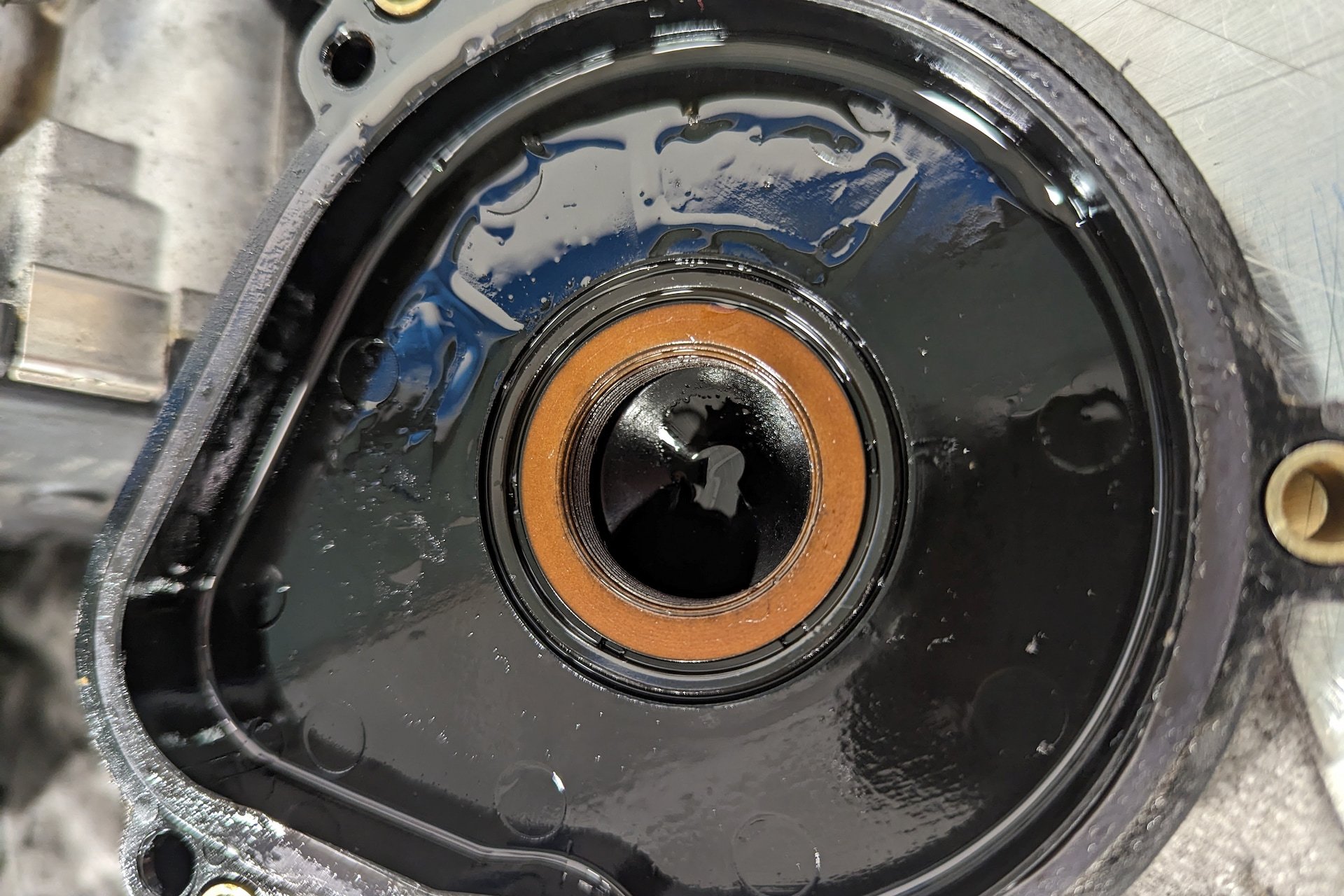
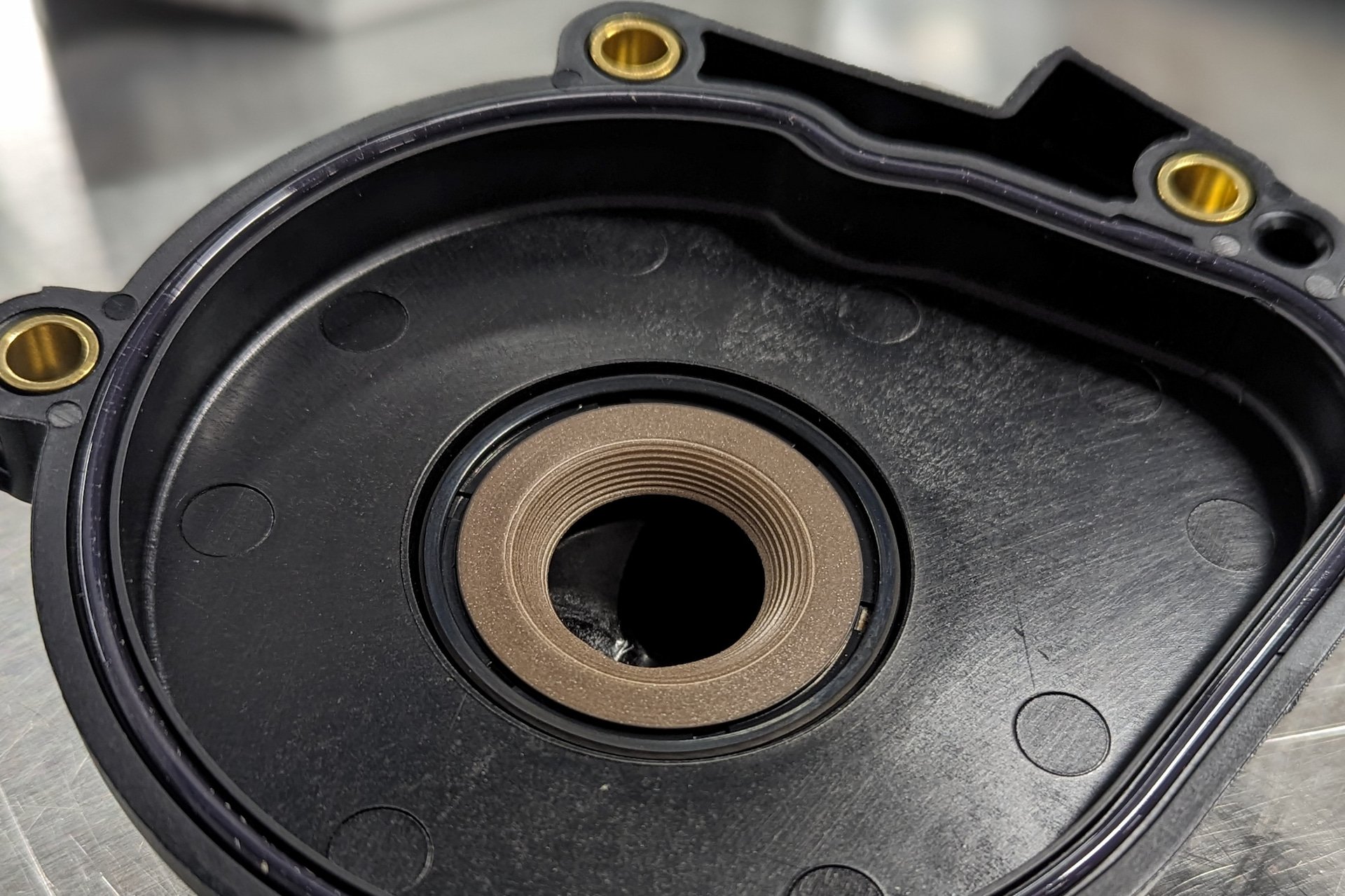
You'll likely see the point of failure upon removing the pan and tray from the engine. As the drip pan ages, it’ll eventually wobble slightly on the end of the camshaft. On the pan is a metal snout that fits through a seal in the drip tray, and there lies the issue. The wobbling snout puts excess pressure against a seal that isn’t designed for it, wearing down the snout and seal until oil can pass freely. Once by the seal, the oil drains into the intake system and starts trouble.
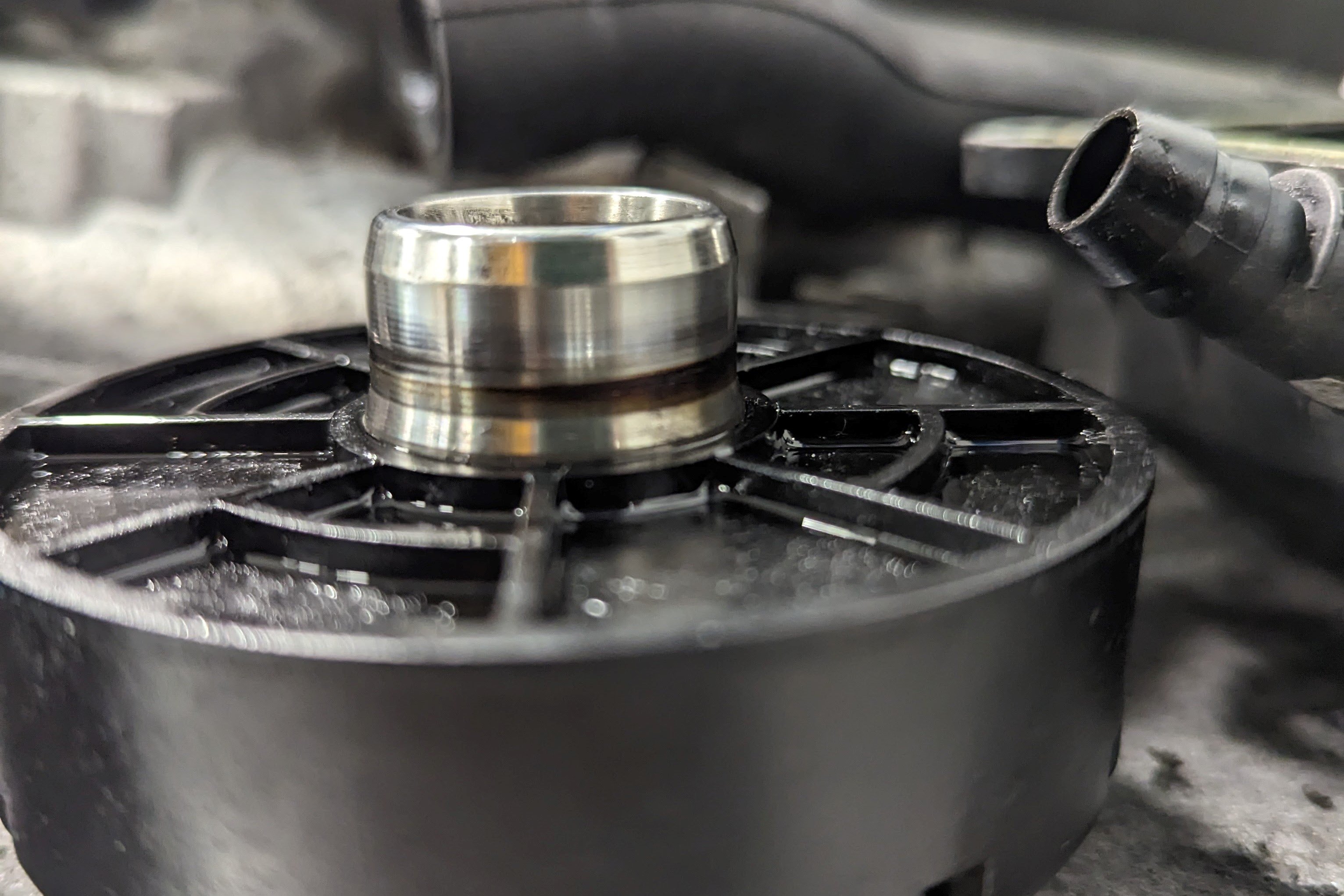
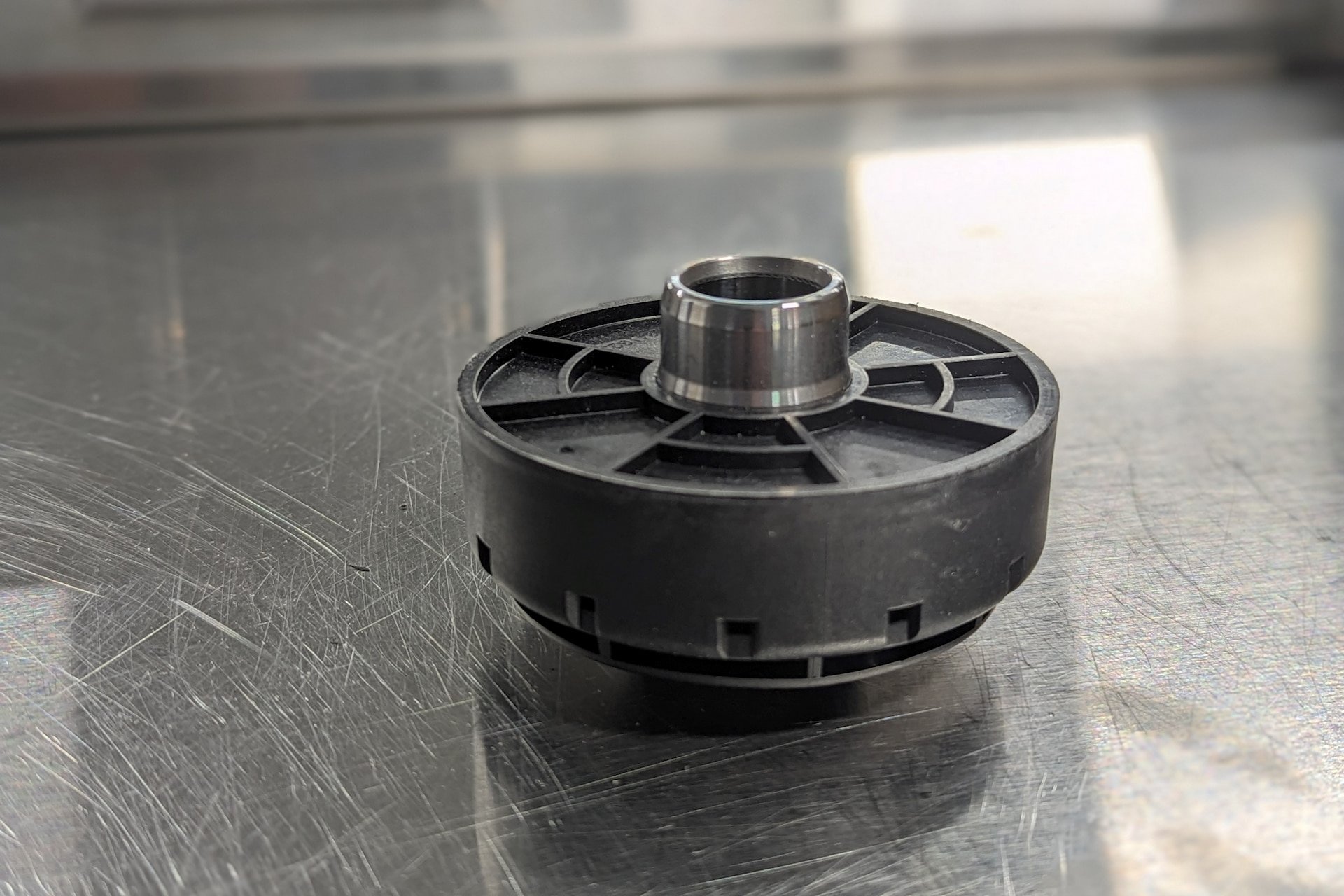
As for the drip pan, you can inspect the snout itself for scoring and metal erosion. The soft metal snout will show signs of contact from eroding the seal. In the case of damage evident on the drip pan and tray alike, this entire side of the system should be replaced (and the opposite-side system on the driver cylinder head will likely be due as well).
Tips For Replacing The Mercedes M272 PCV Breather
The replacement isn’t overly complicated, but you should be entirely versed in the service start-to-finish before beginning. The job includes many small, easily breakable bolts, including one reverse thread (the bolt securing the drip pan to the camshaft). Additionally, pending the size of your M272 or M273 vehicle’s engine bay (The R171 and W203 chassis with an M272 are notoriously tight, as is a W209 with the M273), this service can be frustrating. The “drip pan” and “drip tray” are nestled quite closely to the firewall, making tool maneuvering difficult and often resulting in most of the toolbox strewn around the vehicle in a quest to find something that’ll work.
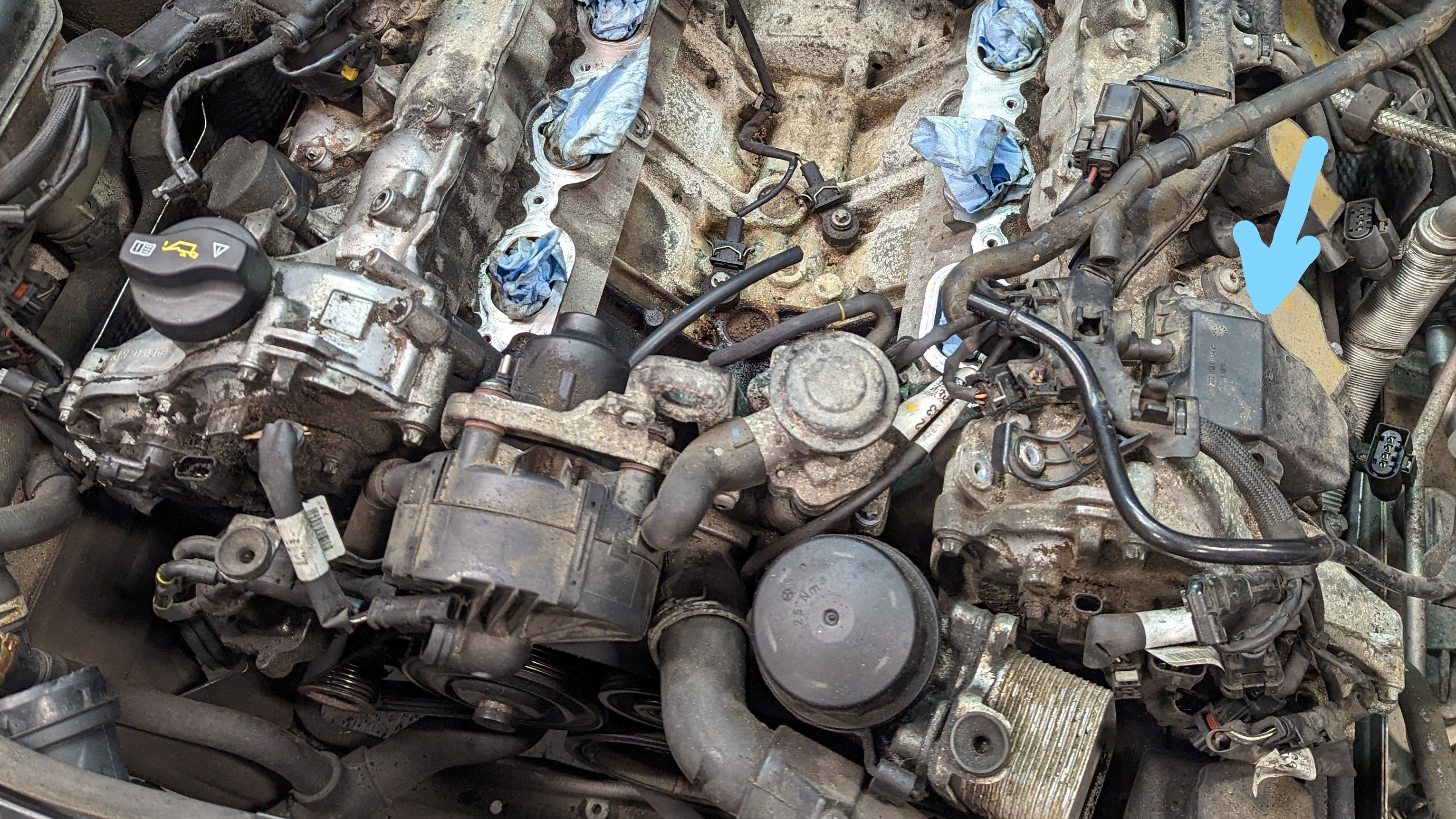
The driver’s side-mounted PCV is straightforward to replace, and the associated hose is as well, pending some manipulation of the wiring harness to create sufficient space. The PCV attaches to the valve cover by four E10 bolts and an oil seal. After you remove the bolts, you can install the new seal and then the new PCV.
On the passenger-side cylinder bank, we have the drip tray and the internally-mounted oil centrifuge (the “drip pan”). The drip tray, nestled on the back of the valve cover near the firewall, is secured by four E10 or T30 bolts (pending model year). Sans bolts, you’ll remove the tray to expose the drip pan. Here, you’ll first see any signs of wear to the snout and seal.
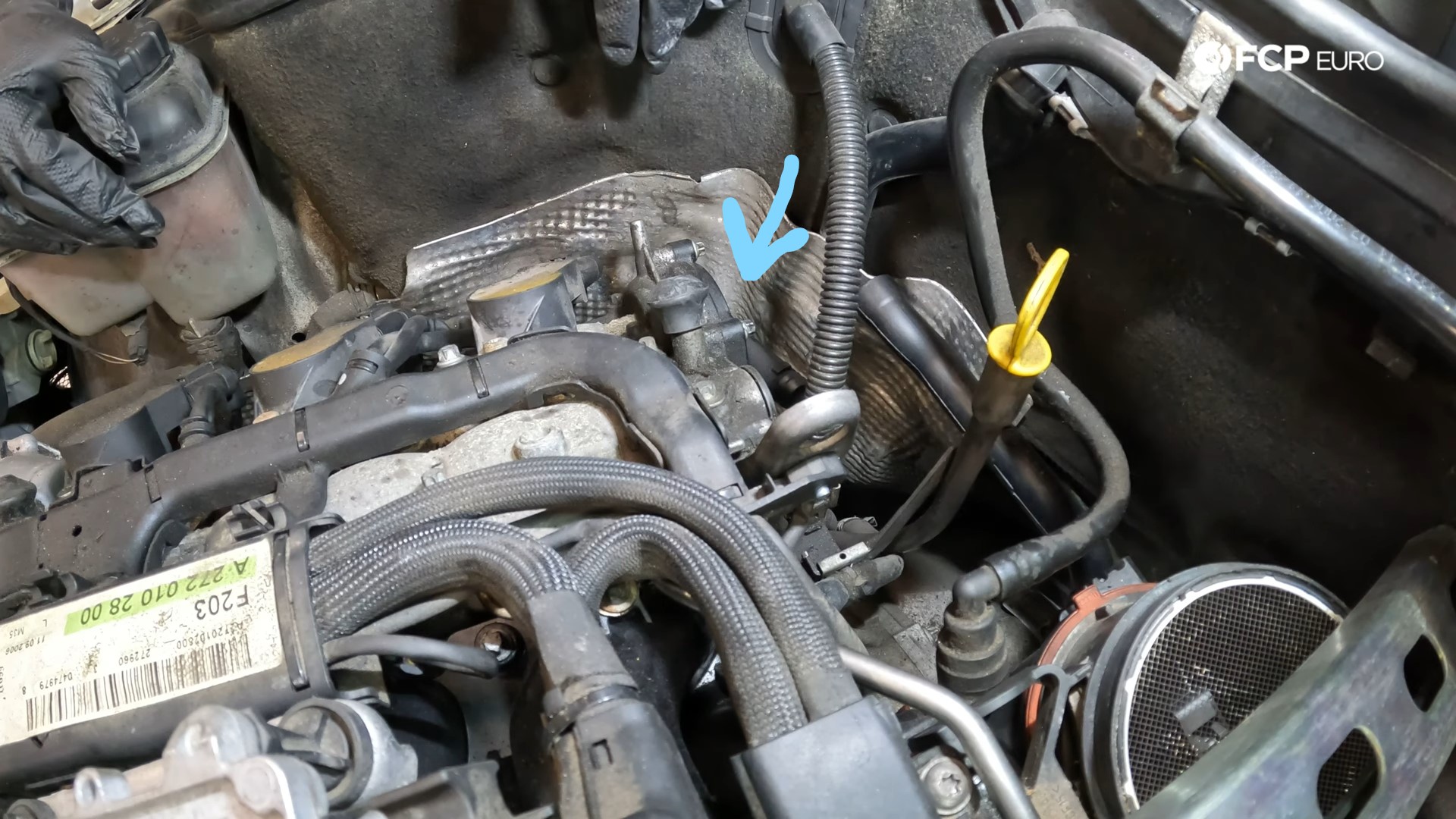
The internal drip pan you’ll encounter behind the drip tray is secured by a single reverse-thread aluminum bolt, meaning removal will require clockwise rotation and installation counter-clockwise rotation. It’s torqued to 6nm plus 90 degrees (the same as the four drip pan bolts), requiring a delicate fit to ensure it’s adequately secured to the camshaft without a snapped bolt. The hose running from the drip tray to the intake boot is also included in this kit and is simple to replace, as are the leak-prone expansion plugs (which pop off with some gentle prying and back into place for resealing).
Luckily, wrenching is the only time you’ll come to potential hang-ups, as we’ve made the parts ordering process as easy as possible. Our Mercedes PCV Breather Repair Kit comes with every hose, seal, and breather you’ll need to completely refresh the system on the V6 and V8. With that and all the information above, your Mercedes intake will be oil-free in no time! Be sure to continue reading the DIY Blog for more guides and DIYs, and subscribe to our YouTube channel for the same and more!



